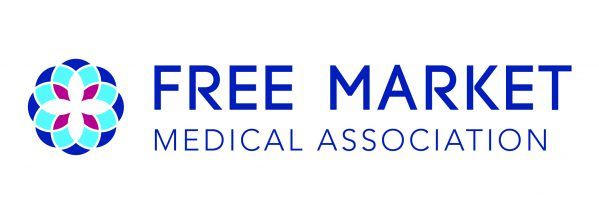Is Self-Funded Insurance Good for Employees?

In the complex landscape of health insurance, employers continually seek ways to provide quality benefits to their employees while managing costs. One increasingly popular option is self-funded health insurance. But is it beneficial for employees?
Self-funded plans involve employers directly covering employee health claims instead of purchasing traditional insurance. This approach can offer employers more control and potential cost savings. For employees, benefits may include tailored coverage and possibly lower premiums. However, concerns may arise about the employer's ability to cover large claims.
As self-funding grows in popularity, it's crucial to evaluate its impact on employee satisfaction, health outcomes, and overall benefit perception. The success of these plans often depends on company size, employee demographics, and effective risk management strategies.
Let's delve into the intricacies of self-funded health insurance and evaluate its impact on employees.
What is Self-Funded Health Insurance?
Self-funded (or self-insured) health insurance is a plan where the employer assumes the financial risk for providing healthcare benefits to its employees. Instead of paying fixed premiums to an insurance company, employers pay for medical claims out-of-pocket as they are incurred. Typically, these employers partner with third-party administrators (TPAs) to handle claims processing and administrative tasks.
In this model, employers set aside funds, often in a special trust, to pay employee health claims directly. To protect against catastrophic claims, most self-funded plans purchase stop-loss insurance, which reimburses the employer for claims above a specified dollar amount.
Pros for Employees
Customization of Benefits: Self-funded plans often provide employers the flexibility to tailor healthcare benefits to meet the specific needs of their workforce. This customization can lead to more comprehensive and relevant coverage options for employees.
Potential for Better Coverage: Since self-funded plans are not subject to state insurance regulations and mandates, they can potentially offer broader and more innovative coverage options. Employers can design benefits packages that might include alternative therapies, wellness programs, and other perks not typically found in traditional insurance plans.
Transparency: With self-funded plans, employees can experience greater transparency in terms of how healthcare dollars are spent. Employers may share detailed reports about the plan's performance, helping employees understand the cost and utilization of their healthcare services.
Cost Savings: Self-funded plans can be more cost-effective for employers, particularly in the long term. Savings can be reinvested into the plan, potentially leading to lower out-of-pocket costs for employees, such as reduced deductibles, co-pays, or premiums.
Stability and Continuity:
Self-funded plans can offer more stability since they are less affected by the volatility of the insurance market. Employees might experience fewer disruptions in their coverage and benefits from year to year.
Cons for Employees - Problems with Self-Funded Insurance for Employees
Financial Risk: While employers typically purchase stop-loss insurance to mitigate the risk of catastrophic claims, there is still some level of financial risk involved. In rare cases, if the employer faces severe financial difficulties, it might impact the funding of the health plan.
Administrative Complexity: The self-funded model requires significant administrative work. If the TPA or employer's HR department is not efficient, employees may face delays or issues in claims processing and other administrative matters.
Limited Regulation: Self-funded plans are regulated under federal law (ERISA) rather than state law. This can be a double-edged sword. While it allows for greater flexibility, it also means that some consumer protections provided by state regulations might not apply.
Network Limitations: Depending on how the plan is structured, employees might have limited access to certain healthcare providers and networks. This could be a disadvantage if the preferred providers are not included in the plan's network.
Potential for Higher Costs: In a poorly managed self-funded plan, the cost savings might not be realized, and employees could end up bearing higher out-of-pocket expenses.
Conclusion
Self-funded health insurance can offer significant advantages for employees, including tailored benefits, cost savings, and greater transparency. However, it also comes with potential risks such as financial uncertainty and administrative challenges. The success of a self-funded plan largely depends on the employer's ability to effectively manage the plan and its commitment to the well-being of its employees.
For employees, it’s crucial to stay informed about the specifics of their self-funded health insurance plan. Understanding the coverage details, potential risks, and the employer’s financial health can help employees make the most of their benefits while mitigating any drawbacks.
In the end, self-funded health insurance can be a valuable option, but it requires careful consideration and active participation from both employers and employees to ensure its success.
Read more about our solution:
Unveiling Value and Utilization Insights for Employers



